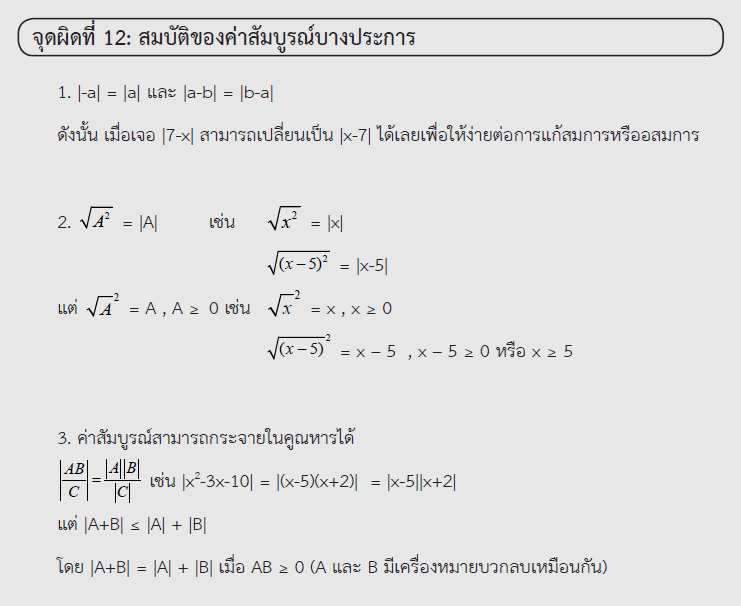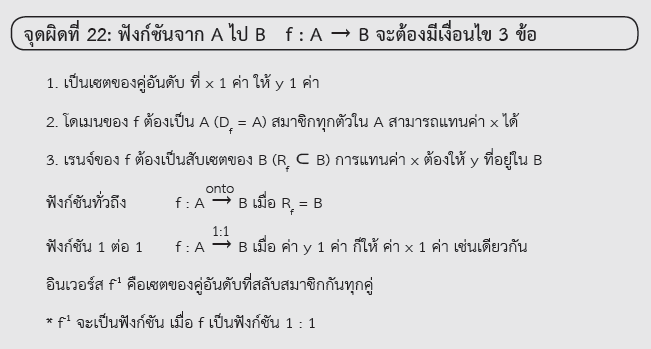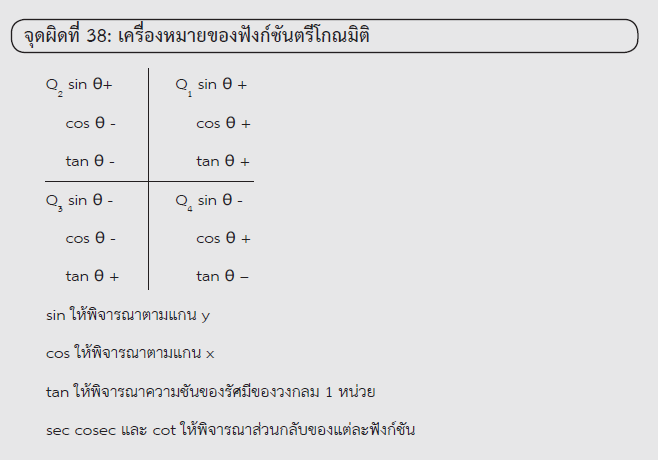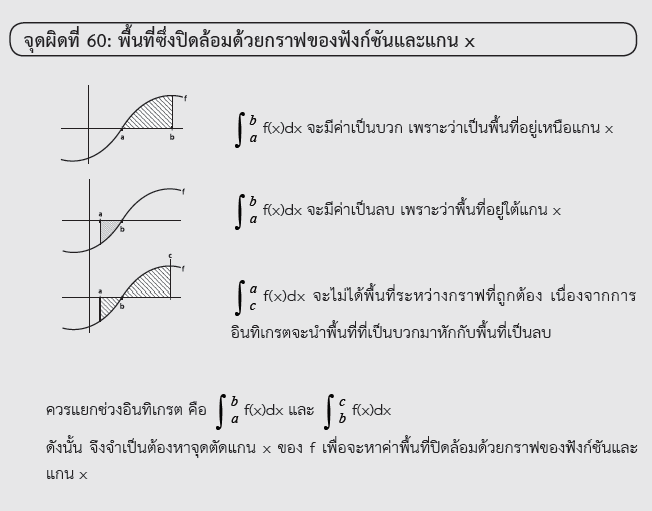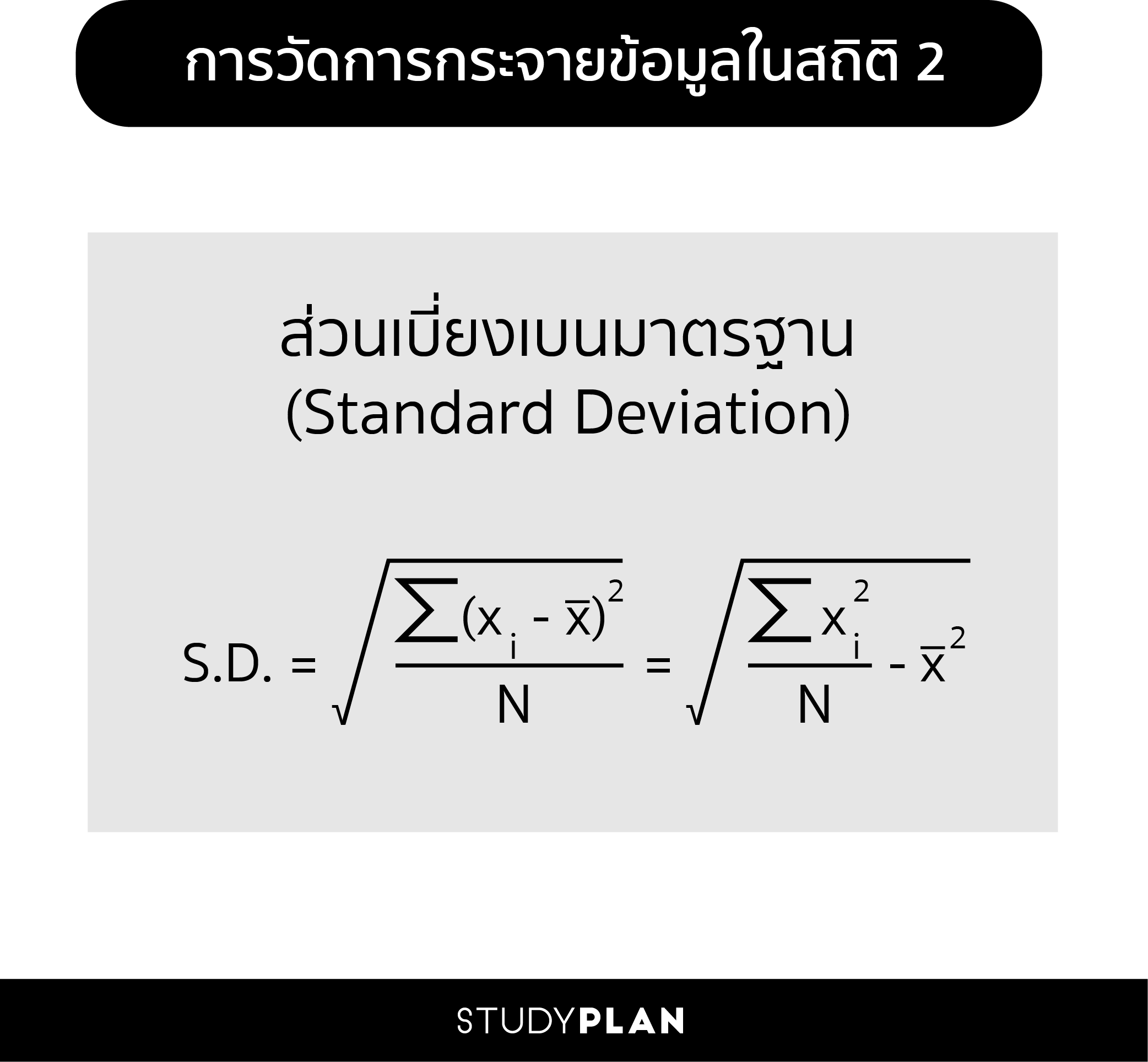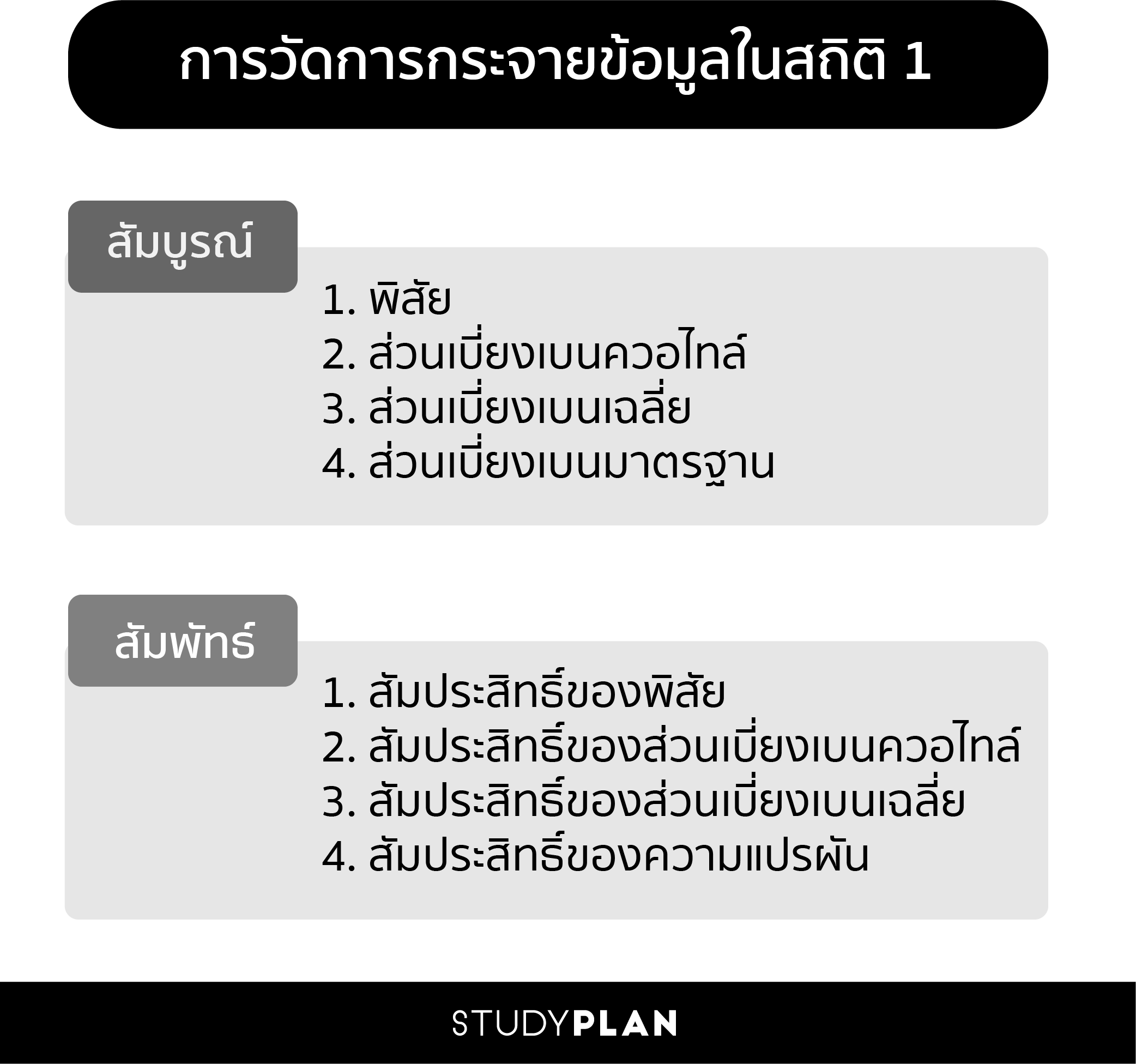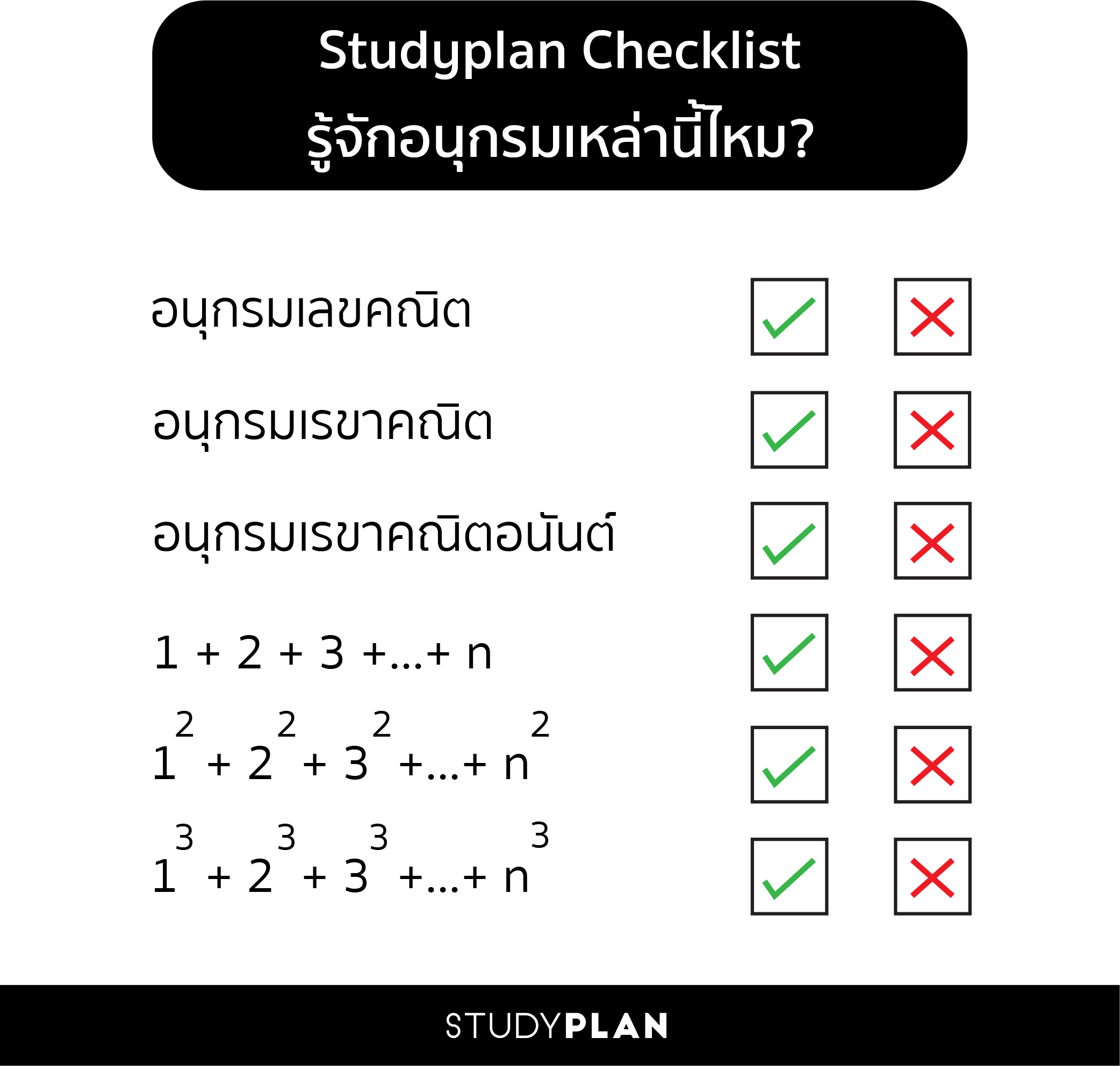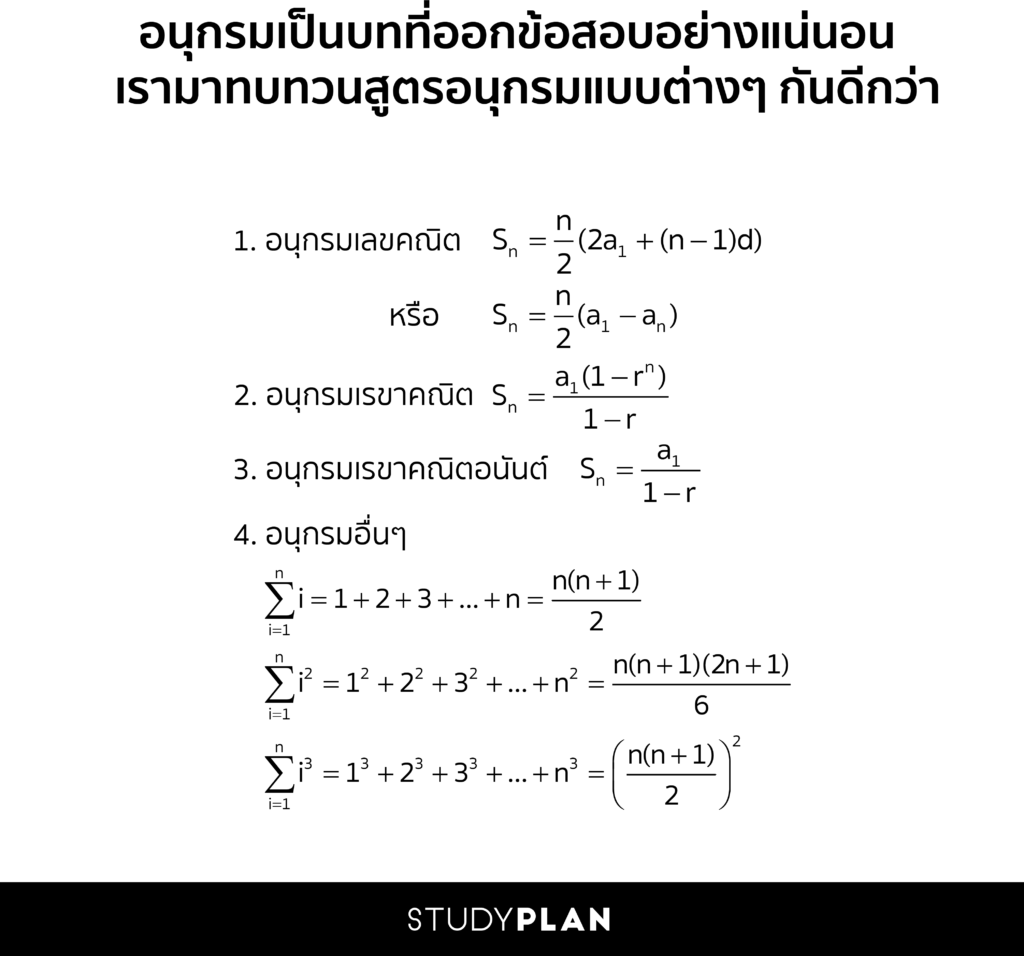When solving quadratic equations, students often make common mistakes while working through the steps. Let’s break down how to properly solve quadratic equations and avoid these mistakes.
- General Form of a Quadratic Equation
A quadratic equation is in the general form of ax² + bx + c = 0. To solve this equation, we typically factor the trinomial into a product of two binomials, such as (x – a)(x + b) = 0. This allows us to find that x = a or x = -b. A common mistake is failing to properly factor the trinomial or incorrectly identifying the factors. - Solving by Factoring
For example, in the quadratic equation x² – 5x + 4 = 0, we can factor it into (x – 4)(x – 1) = 0. The solutions are x = 4 or x = 1. Similarly, for x² + 6x – 16 = 0, we can factor it into (x + 8)(x – 2) = 0, giving solutions x = -8 or x = 2. A common mistake is missing a factor or incorrectly simplifying the equation. - Using the Quadratic Formula
If factoring is difficult or not possible, we can use the quadratic formula:
x = [-b ± √(b² – 4ac)] / 2a.
This formula can be used when the quadratic equation is in the form ax² + bx + c = 0. A key mistake is incorrectly substituting the values for a, b, and c, which can lead to wrong answers. - Discriminant Analysis
The value under the square root in the quadratic formula is called the discriminant (b² – 4ac). The discriminant helps determine the number and type of solutions:- If b² – 4ac > 0, there are two real solutions.
- If b² – 4ac = 0, there is one real solution.
- If b² – 4ac < 0, there are no real solutions.
A common mistake is miscalculating the discriminant, which leads to an incorrect conclusion about the number of solutions.
- Roots of the Quadratic Equation
The roots of the quadratic equation are the solutions to the equation. Sometimes, a root is called a zero because it represents the x-value where the equation equals zero. The sum of the roots of the equation ax² + bx + c = 0 is -b/a, and the product of the roots is c/a. A common mistake is not using these relationships correctly, leading to errors in solving the equation.
By understanding these common mistakes and knowing how to apply the quadratic formula and factor correctly, you can solve quadratic equations with confidence and avoid errors. Always check your discriminant and ensure you’re following the correct steps when solving quadratic equations.







